5 Most Common First-Time Paris Itinerary Mistakes
Paris often overwhelms first-time visitors, not because it’s chaotic but because it’s dense with iconic places and impossible to “finish” in a single trip.
You map out the museums, gardens, landmarks, and scenic neighborhoods and think, “It’s all walkable, I can do this.”
Then you get there. And by midday, your legs are shot, your stomach’s growling, and you’ve barely scratched the surface of your list.
If you’re building your Paris itinerary right now, here’s what to know before you finalize anything. These are the kinds of things travelers only learn after they land, often the hard way.
Walking Is Wonderful – Until It Isn’t
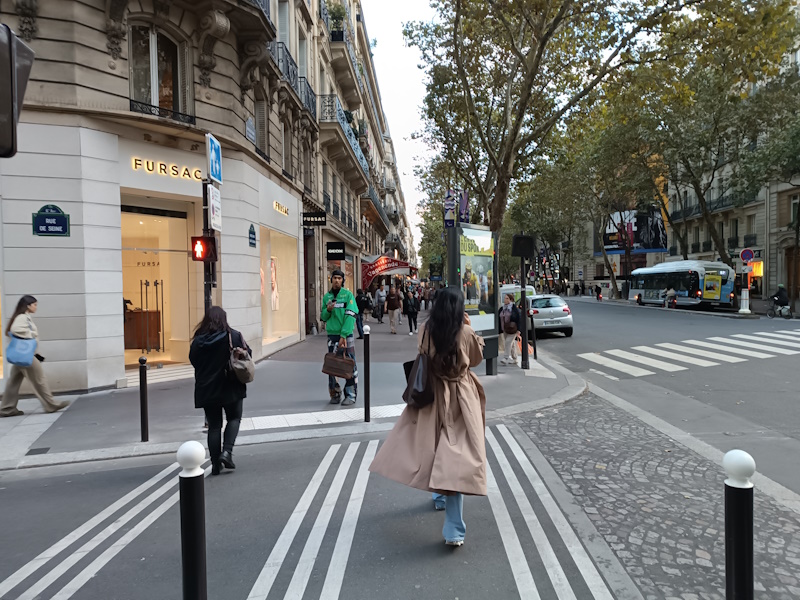
You’ll want to walk. Paris invites it. But long, packed walking days with no breaks start to catch up fast. Especially if you’re linking museum visits, which are draining even without the walking.
What looks like a full but reasonable day – say, Panthéon to Jardin du Luxembourg to Saint-Germain to the Musée d’Orsay, Les Invalides, Champ de Mars, and the Eiffel Tower- becomes a grind.
You won’t just be walking. You’ll be climbing stairs, standing in line, navigating crowds, and spending hours on your feet inside massive museums.
Even people arriving without jet lag often find themselves worn out by 2 or 3 p.m. The problem isn’t the city’s size, it’s how dense and immersive each stop is.
Try limiting yourself to one big museum or major site in the morning, and one flexible outing in the afternoon. Anything more becomes survival mode.
Museums Aren’t Just Stops on a Map
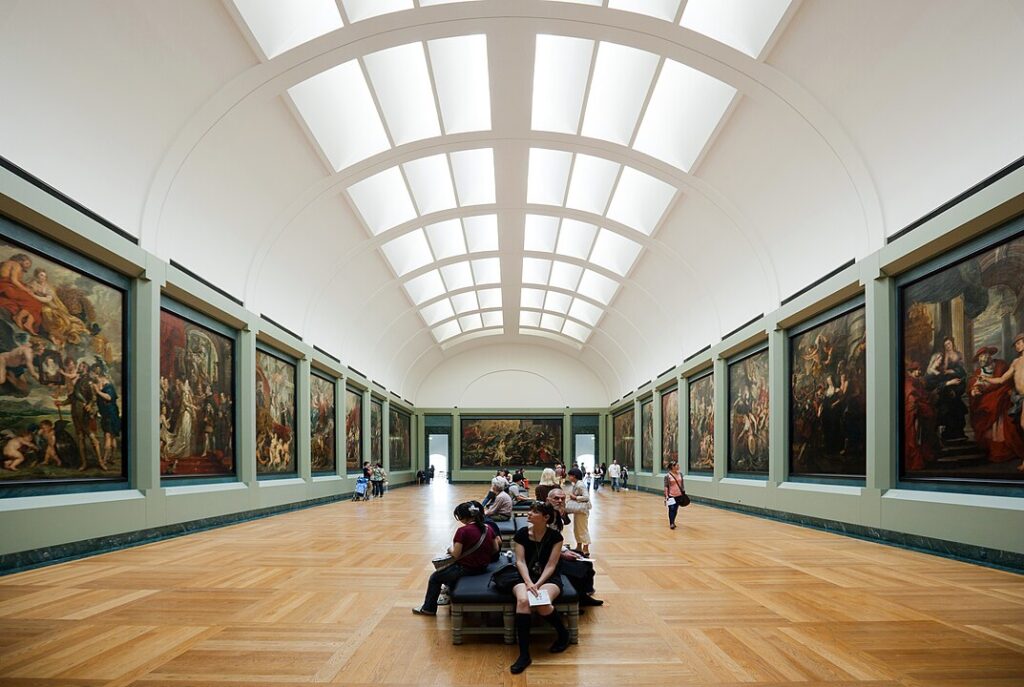
The Louvre, for example, is massive. You can’t dip in and out like it’s a church or garden. Even seasoned visitors say they’ve spent days inside and still haven’t seen everything.
If you’re just trying to hit the highlights, yes, it’s possible to squeeze it into a few hours – but it’s still an intense visit. You’ll need time for entry, orientation, and actual navigation (which isn’t always straightforward).
Musée d’Orsay is smaller, but still commands a good 2-4 hours. Many people come away saying they enjoyed it more than the Louvre – less pressure, fewer crowds, and a space that’s easier to absorb.
It’s also worth noting many museums and monuments aren’t quick to access. Places like Sainte-Chapelle require timed entry and have tight airport-style security, since they share space with the courthouse. You’ll need to show up 30 to 45 minutes early, or risk losing your slot.
Even with a combined ticket for Sainte-Chapelle and the Conciergerie, only the former is timed so make sure you don’t miss your window. Always visit Sainte-Chapelle first.
As for Notre-Dame, during busy periods like Holy Week, the timed reservations pause altogether. Only general-access queues remain, and worshippers get priority. Some people wait hours to get inside and still don’t make it before the cutoff.
Outside of holiday weeks, reservations can be made up to two days in advance through the free online system.
Packing Days Doesn’t Guarantee You’ll See More
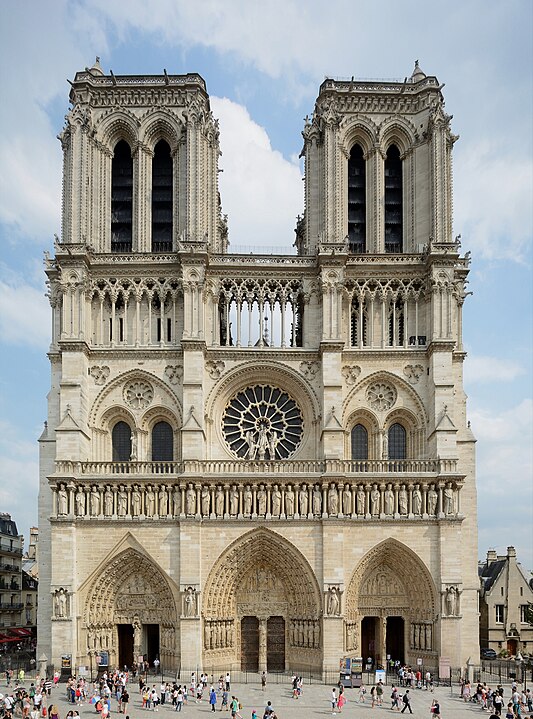
One common plan tries to fit the Louvre, Sainte-Chapelle, Conciergerie, Notre-Dame, and the Jardin des Plantes into a single day. On paper, it’s tight but walkable. In reality, it’s asking for burnout.
The Ménagerie (the zoo inside Jardin des Plantes) alone takes a couple of hours. Add in the dinosaur gallery and you’ve lost another 90 minutes. The walk to Notre-Dame adds time. So do queues and security.
Most people find they’ve only managed half the list by the late afternoon.
Paris rewards a looser structure. Plan two key things per day. The rest can flow naturally.
Meals Are Not Just Pit Stops
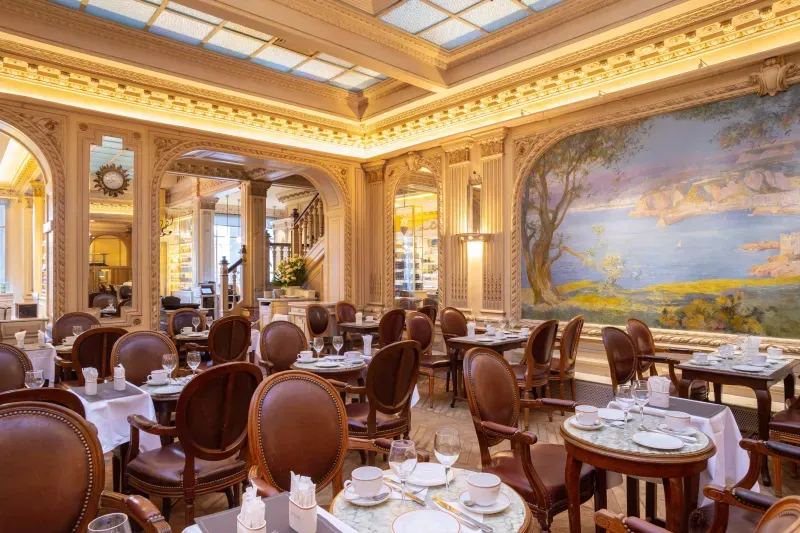
One easy way to regain time, energy, and joy: treat meals as part of the experience, not an afterthought.
Grab food from a bakery or small supermarket and eat in a park. Watch kids play in the Luxembourg Gardens or relax under the trees at the Jardin des Plantes. It’s a local ritual, and a much-needed pause between sights.
For a proper sit-down, places like the tea room at the Grande Mosquée near the botanical gardens offer a unique atmosphere and excellent North African dishes.
Near the Panthéon, Maison d’Isabelle has outstanding croissants and pain au chocolat. If you’re near the Luxembourg Garden, the Angelina café offshoot there serves the famous hot chocolate without the Champs-Élysées crowds.
Your Free Day Might Fill Itself
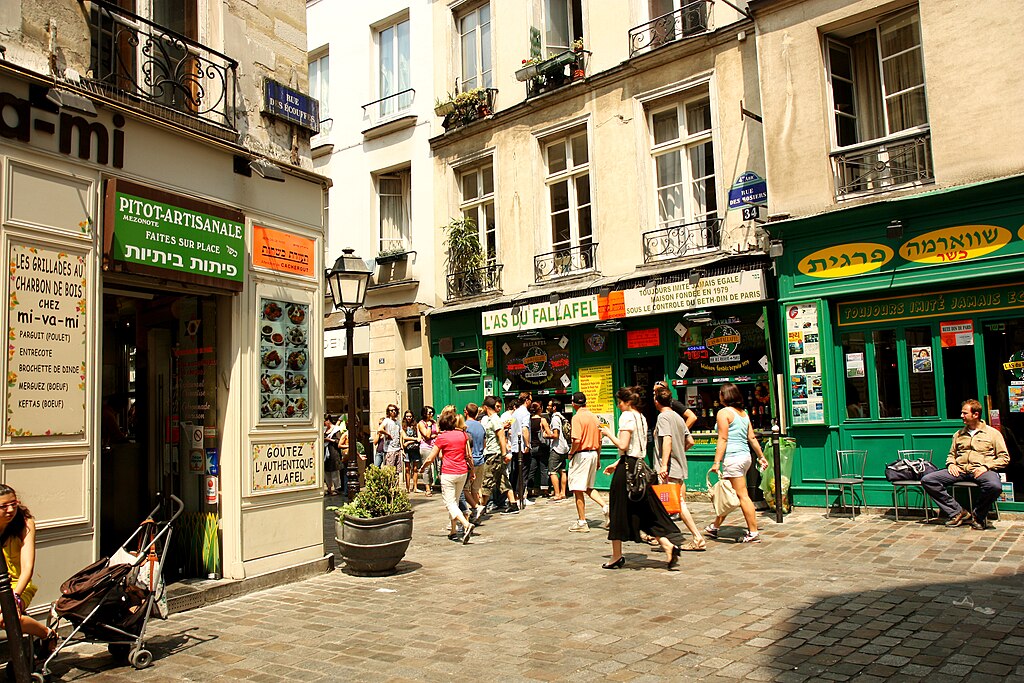
Many people plan a “buffer day” in case they want to slow down or catch something they missed. And that day usually gets used exactly that way.
But if you’re looking to explore something new, consider Montmartre, Pigalle, or the Latin Quarter, neighborhoods that reward wandering without a checklist.
If you’d rather explore central spots with a local feel, the Opéra district and Galeries Lafayette offer beautiful architecture and great people-watching. The Marais is another good option for low-stakes strolling, plus shopping and street food.
And if you’re in the area near the Grand Palais, there’s the Dior gallery, small detour that some travelers prefer over the bigger, more formal museums.
You Don’t Have to See Everything
This is a hard one to accept, but it’s true: you will not see everything on your first trip. No one does.
Some visitors go up the Eiffel Tower every time they’re in town. Others never have, and don’t care to.
Some skip the Mona Lisa and head straight to the Egyptian section. Others pass over famous museums entirely and spend days walking through the neighborhoods.
You’re not obligated to chase anyone else’s list. See what you want to see. Then come back next time and see something else.
